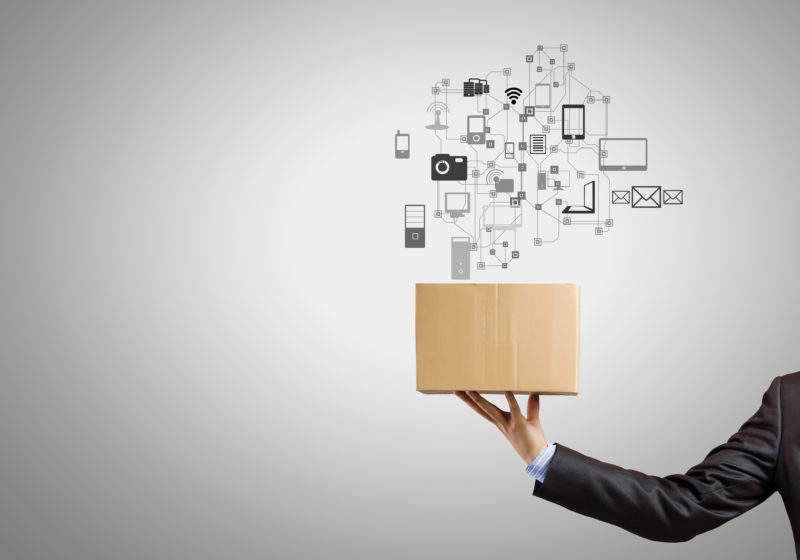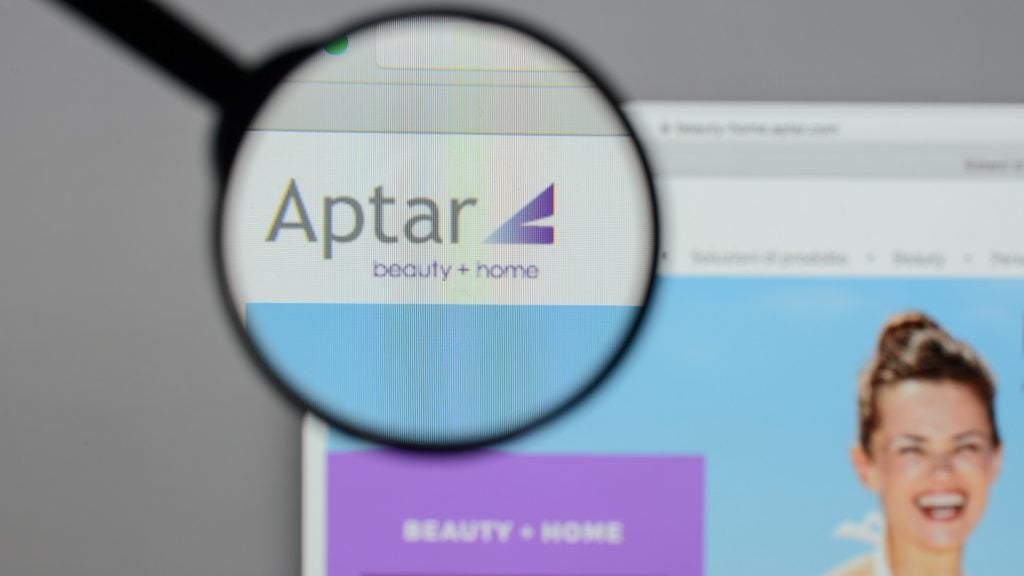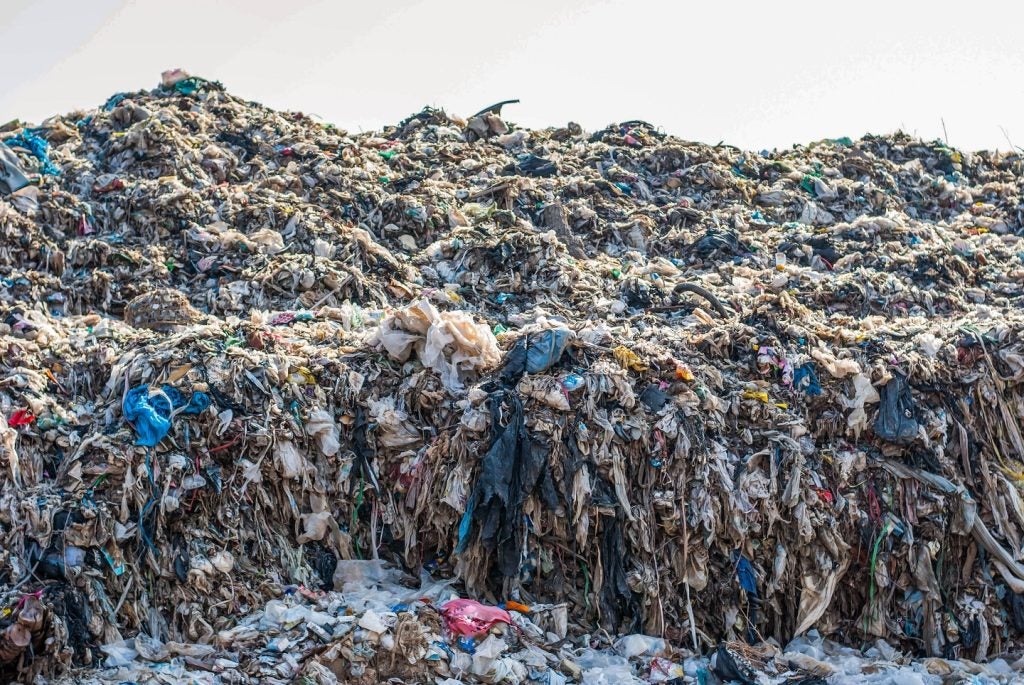
Provided to every spectator in the stadium, Melbourne-based Buzz Connect’s ‘touchdown glasses’ lit up and flashed in the matching team’s colours every time someone scored, as well as when the teams entered the stadium, at this year’s Super Bowl. Allowing the entire stadium to be lit in unison, thanks to a proprietary technology, the glasses could also be taken home and will continue to work for upcoming seasons via Bluetooth. Activated by downloading the Bud Light Touchdown Glass app and pairing to the glass via Blutetooth, fans could then select their favoured team (which will presumably carry forward for future games).
Certainly one of the higher profile examples of smart pack solutions, Buzz Connect’s glasses display the way in which technology can be used simply to enhance the consumer experience of a product. And while the touchdown glasses are far from the only smart pack solution out there, the industry still seems to be very much working out the best way to leverage such solutions in a way that doesn’t simply serve as a gimmick. In order to take full advantage of the ways in which packaging can be enhanced by technology, the industry needs to be sure it is inn0ovating with a mind to truly enhancing the consumer experience.
Smart solutions for smart consumers: ‘super leaders’ of the digital marketplace
According to the Tetra Pak Index 2017, the new most influential group in building, or eroding, brand preference is a digital community of early adopters and brand amplifiers referred to as ‘Super Leaders’. While they represent less than a tenth of the population, they are the most active and social people online and more than half regularly review brands or products, providing them with a disproportionate level of influence over brand perception. Importantly, they are also far more influenced by third-party, user-generated content than direct brand communication.
In essence, the consumer base that brands must appeal to in order to spread their message has shrunk in size but grown in influence. Moreover, it is a base that can seem to be far more digitally savvy than the brands, a gap that the industry must urgently close. Not even taking into account the massive, and continuing growth, of ecommerce, one of the predominant access points to brands and shopping for many consumers these days is their phone.
As Alexandre Carvalho, director marketing services at Tetra Pak, told Packaging News in September, “Having such a powerful device means there is a huge opportunity to explore things like Near Field Communication to help develop seamless connection. We sell 180 billion packs a year – imagine how many customers do we touch everyday; The question is can we connect the package with the fridge in the future? Can we connect with smart devices?
“This is what we think is the internet of packaging. There is potentially a revolution of using the packaging to interact with the internet of things.”
How well do you really know your competitors?
Access the most comprehensive Company Profiles on the market, powered by GlobalData. Save hours of research. Gain competitive edge.

Thank you!
Your download email will arrive shortly
Not ready to buy yet? Download a free sample
We are confident about the unique quality of our Company Profiles. However, we want you to make the most beneficial decision for your business, so we offer a free sample that you can download by submitting the below form
By GlobalDataBig data, big ideas: bringing packaging into the Information Age
Making the packaging industry ‘smart’ isn’t limited to the packaging itself however, by leveraging data across the industry it is possible to provide greater solutions to all stages of process within the industry’s various sub-sectors. In October, packaging and paper group Mondi challenged PhD students from across Europe to apply big data solutions to the paper and pulp industry, with the results shared to all participants. The winner, a “smart value chain” that would see a closed feedback loop from consumer to producer, showed how relatively simple data applications can help innovate the sector.
Tad Maloney, president of the European Fibre and Paper Research Organisation (EFPRO), said: “People are often surprised at just how much innovation is going on in the paper and packaging industry. It is very vibrant, with many organisations working on innovations that are right at the cutting edge of industry and science. By organising this year’s student workshop, Mondi showed its ongoing commitment to driving that innovation and its integral role in helping the industry keep moving forward.”
Taking into consideration that, according to location ad platform Verve’s Big Ideas report, the smart packaging sector will be worth just under $20bn by 2021, even simple solutions could lead to big rewards for manufacturers willing to go the extra mile. In particular, it should be considered that smart packaging is extending beyond mobile and that brands should be looking to explore all possible avenues when it comes to making their packaging ‘smarter’. VR and AR are rapidly developing and even just on mobile; there are now varied possibilities to take a customer beyond on-screen events alone. There is burgeoning value across a range of options, brands just need to invest in broadening their offerings.
No more novelty: making smart packaging integral
Perhaps the most transformative aspect of smart packaging yet to be realised is when it is made to be integral to a brand or product, when a manufacturer takes it from a novelty or one-off gimmick into a core part of their product and the customer’s experience with said product. The important transition seems likely to occur when the mentality of manufacturers/brands begins to shift from seeing ‘smart’ elements as individualistic into a more holistic approach, considering how smart packaging and the broader Internet of Things can integrate systemically.
According to a 2017 Forbes article analysing Canonical’s Defining IoT Business Models study, “78% of IoT providers predict their greatest source of monetization will be from value-added services and maintenance. IoT platforms and technologies [are] ideally positioned to revolutionize business models today, with the study finding sales of value-added services and maintenance having the greatest potential for revenue gains.”
Brian Wagner, director of the American Institute for Packaging & the Environment, told Packaging Digest in advance of his keynote at this year’s TransPack Forum that he expects digital transformation will achieve its most promise when it becomes integral to brands. In order for smart packaging to take the next step, Warner suggested in the interview that we will need to see a brand make it clear that the value of smart packaging is inseparable from their product. By doing so, other brands will be encouraged to replicate that value in their own work and integrated smart packaging systems will proliferate.






